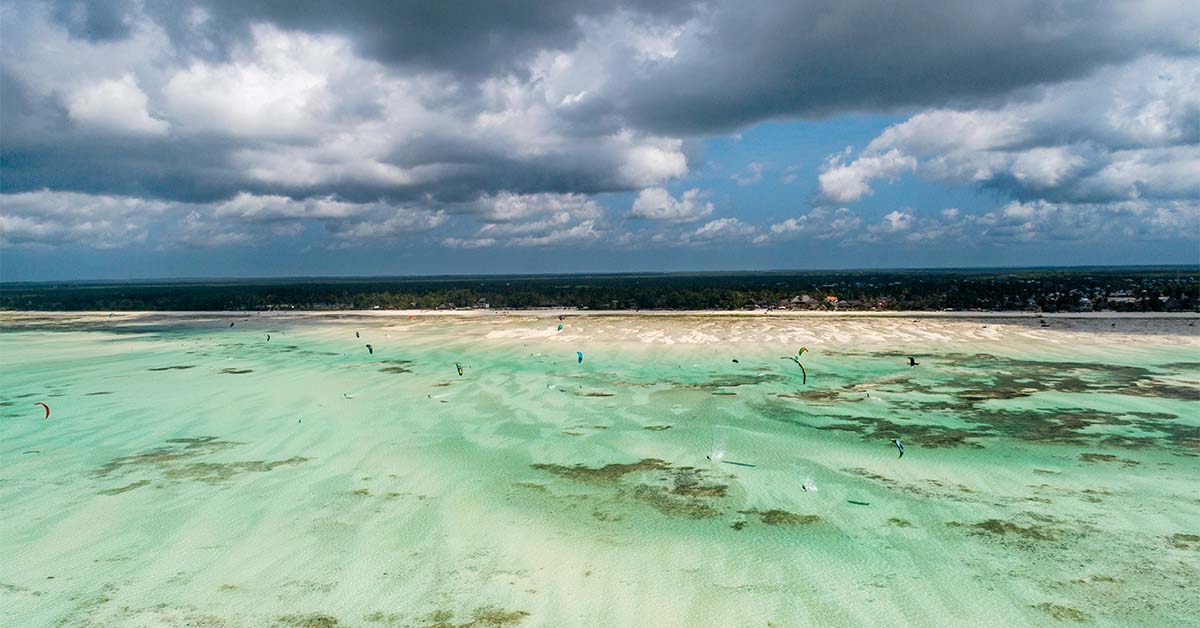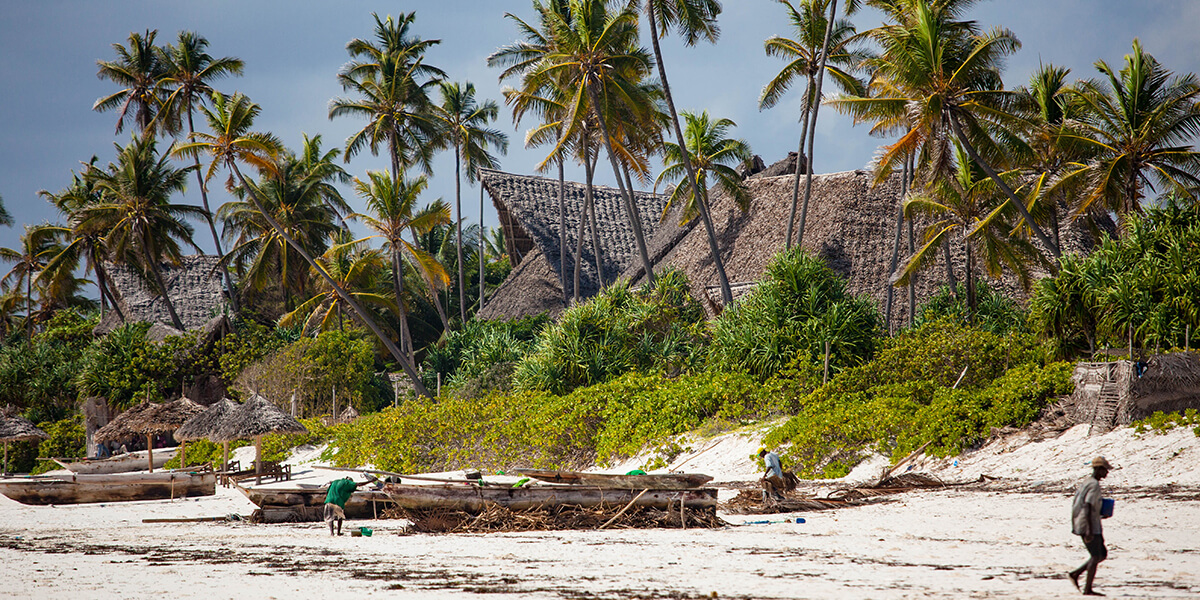Full-Day
Min Age:
Group:
Overview
Our island, Unguja, has different degrees of urbanisation depending on the zones. The north and west coasts are much more populated than the east one: more towns, more buildings, more hotels, and of course, the capital city, Zanzibar. That means more nightlife, but also more noise, less peace, and not the whole feeling of Paradise a place like our island can provide.
The East of Zanzibar feels more isolated, you’re surrounded by long beaches and tropical forests, and palm trees are the typical landscape: a dreamed place to get lost, to focus on your pleasure forgetting everything else.The strong tides completely transform the view from the morning to the afternoon, and the east winds make the zone a premium location for kite-surfing.
Moreover, you’re quite near to the main attractions of the island, such as Stone Town, Jozani Forest, the Blue Lagoon or the spice plantations.However, what will you find in the East Coast itself? Lovely places like these:-.
The east coast of Zanzibar
On the east coast of Zanzibar, you will find long white-sand beaches with shallow waters. The tides are stronger here than in the north, but less than in the south-west area, so you can both enjoy swimming, snorkelling or taking long walks when the warm Indian Ocean retires.
The east coast also receives the most of the oceanic winds, the Kusini on June-September, and the Kaskazi on December-February, which are perfect for practising kite-surf.
It’s on this coast where you will find Paje Beach, Matemwe,Makunduchi,Pongwe & Michamvi,hotel, and kitesurfing school. An excellent opportunity both for veteran and newbie kitesurfers!

Makunduchi
Just in the other extreme from Matemwe, in the southeastern end of Unguja, raises this small but fascinating village. On the coast, you have got the picturesque beach with the tireless fishermen working in their dhows, and an old, colonial lighthouse you will surely want to visit and take some pictures. In the surroundings, you will find ancient shrines and local culture, and what is probably the biggest baobab tree in all Unguja.





Post a Comment